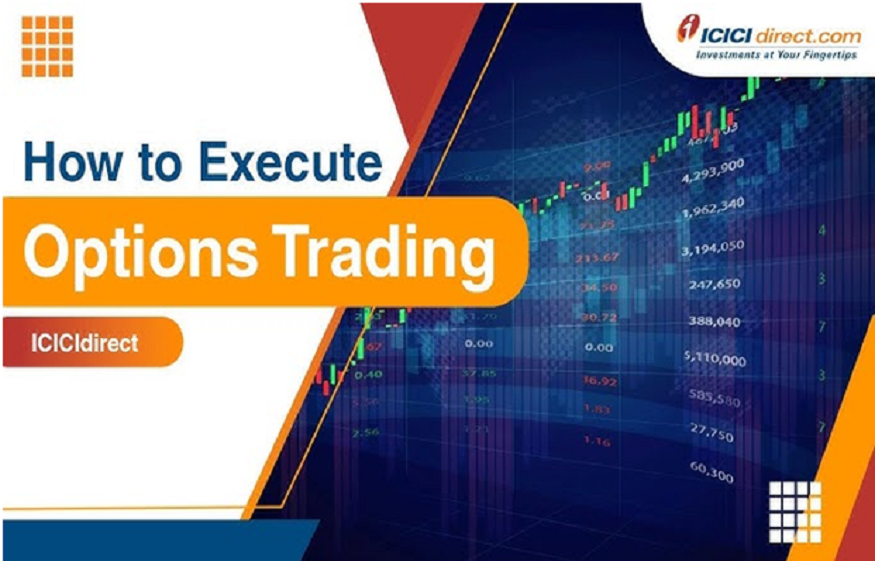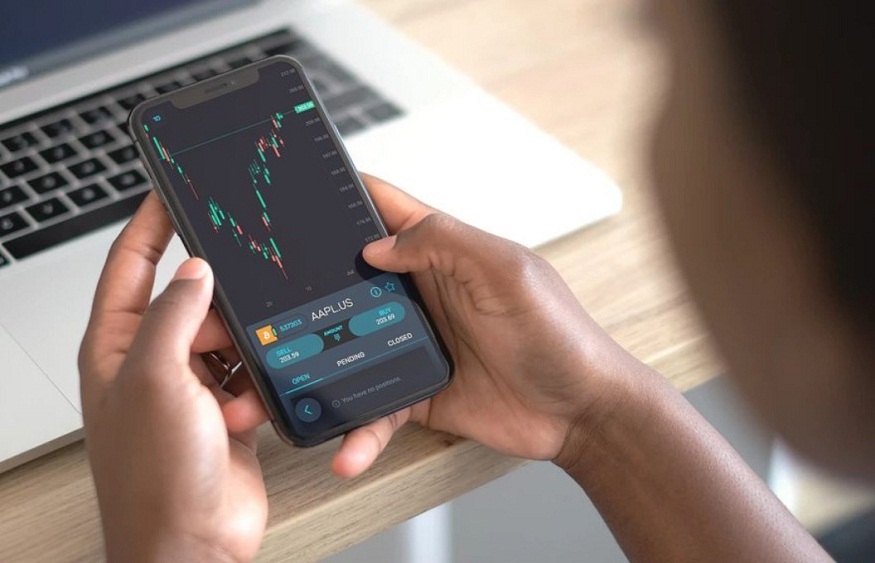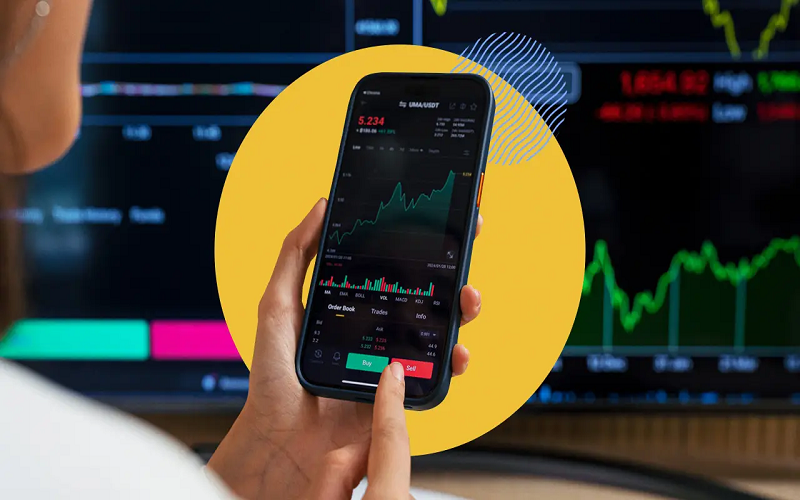
Leveraged trading has always carried an air of attraction for traders seeking to potentially maximise profits with smaller amounts of capital. The appeal is simple: through borrowed funds, one can control larger positions than their account balance would normally allow. In volatile markets, this becomes especially tempting, as sudden price swings can generate rapid and significant gains.
However, this same feature is a double-edged sword, since volatility can just as easily lead to losses that exceed expectations.
This article explores the dynamics of leveraged trading in volatile conditions and provides advanced strategies for managing the delicate balance between risk and reward. The goal is to give traders both the technical and psychological insights necessary to use leverage effectively without succumbing to its dangers.
Understanding Leverage in Volatile Environments
At its core, leverage allows traders to control more capital than they actually hold in their account by borrowing from a broker. For instance, a leverage ratio of 10:1 enables a trader with $1,000 to control a $10,000 position. While this amplifies potential profits, it also magnifies losses, which is why leverage becomes especially precarious when markets are swinging unpredictably.
Volatility itself can be defined as the rate and magnitude of price changes in a given market. Assets like forex pairs, commodities, and cryptocurrencies are particularly known for their frequent fluctuations. When combined with leverage, even a small price move can have an outsized impact on account equity. This is why seasoned investors often emphasise risk management before chasing profits.
Traders often turn to contracts for difference (CFDs), options, futures, and forex to access leveraged opportunities. Each instrument has its margin requirements and risk characteristics, but all carry the common trait of amplifying exposure. For those new to these instruments, understanding the mechanics of leverage in trading is fundamental before considering more advanced strategies.
The Mechanics of Risk in Leveraged Trading
To fully grasp the risks of leveraged trading, it is important to understand how position size and margin interact with account equity. With greater leverage, a trader can open larger positions, but this reduces the buffer between price fluctuations and potential liquidation.
When a market moves against a leveraged position, the losses accumulate at an accelerated rate, sometimes leading to margin calls.
A margin call occurs when the equity in a trading account falls below the broker’s required maintenance margin. If the trader fails to add more funds or close positions, the broker may automatically liquidate positions to prevent further losses. In volatile conditions, this can happen extremely quickly, catching traders off guard.
Another layer of risk lies in the psychological aspect of trading with leverage. The promise of large gains can lead to overconfidence and overexposure. Likewise, sudden losses may drive traders to panic-sell or attempt to “revenge trade” to recover quickly. Both scenarios often end in compounding mistakes, which is why emotional discipline is as important as technical skill.
Advanced Risk Management Strategies
Effective risk management is the foundation of long-term survival in leveraged markets. One of the most critical decisions is determining an appropriate leverage ratio. High leverage can be useful in highly liquid and predictable environments, but in volatile conditions, conservative use of leverage is often the wiser choice.
Traders may adapt their leverage dynamically depending on market circumstances rather than applying a one-size-fits-all approach.
Position sizing also plays a pivotal role. Instead of committing too much capital to a single trade, capital can be allocated in smaller increments, which provides flexibility to adjust as markets evolve. Coupled with carefully placed stop-loss orders and trailing stops, this approach prevents small setbacks from turning into catastrophic losses.
Hedging strategies further enhance protection. A trader holding a leveraged long position in a stock index, for example, might hedge with options or an inverse ETF to reduce downside exposure. This layered approach ensures that volatility does not wipe out the entire portfolio. Diversification across different assets, especially those with low correlation, also helps smooth out risk in unpredictable conditions.
Advanced Tools and Analytics for Volatile Trading
In modern trading, technology provides a decisive edge. Volatility forecasting models, sentiment analysis platforms, and predictive analytics tools help traders anticipate sudden market shifts. Machine learning and artificial intelligence systems, for example, can analyse historical patterns and current market sentiment to optimise entries and exits
Algorithmic trading systems are particularly valuable in volatile conditions, where human reaction time often lags behind price changes. Automated strategies can execute stop-losses, hedges, or scaling orders in fractions of a second, preventing costly delays. Stress testing and scenario simulations also allow traders to understand how their leveraged portfolios might respond under extreme market conditions.
Conclusion
Leveraged trading in volatile markets presents both enormous opportunities and serious dangers. While the potential for outsized returns is undeniable, survival ultimately depends on the trader’s ability to control risk, maintain discipline, and apply advanced strategies with consistency.
Leverage is not inherently good or bad—it is a tool. In skilled hands, it can accelerate wealth creation; in reckless hands, it can destroy an account in moments. By blending technical analysis, effective risk management, psychological resilience, and awareness of regulatory frameworks, traders can navigate volatility with confidence.



